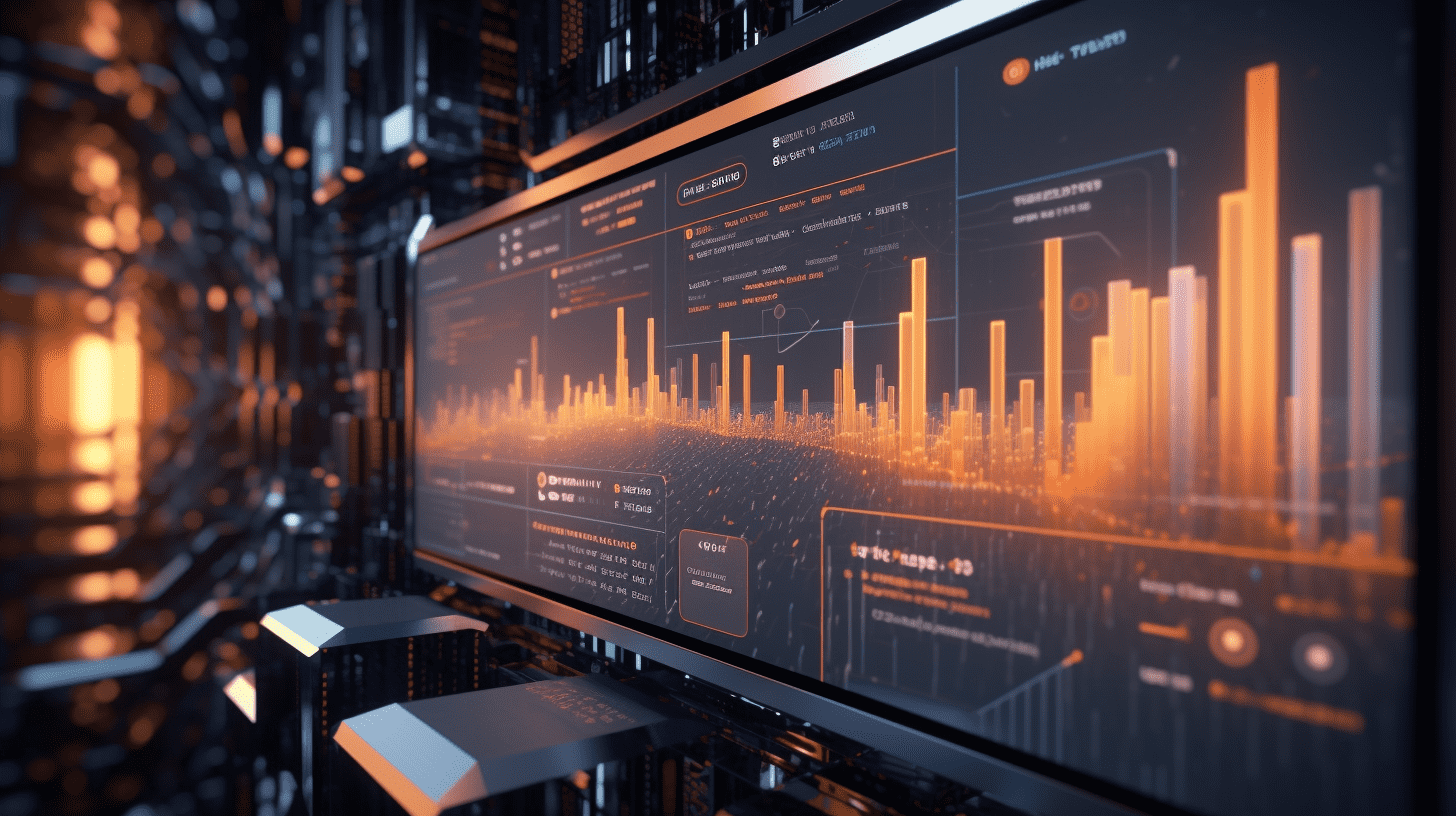Orient: The catering industry is expected to accelerate the popularization of commercial frying robots by Siasun Robot & Automation.
The robotic stir-fry machine is in the accelerated stage of commercialization, with its core value lying in significantly improving efficiency and standardization in the kitchen, while also providing a dual benefit of "cost improvement + experience enhancement".
Orient releases research reports, stating that in recent years, the application of Siasun Robot&Automation for commercial stir-frying in the chain catering industry has accelerated. The current mainstream commercial stir-frying Siasun Robot&Automation is priced at around 50,000 yuan per unit, and it is expected to continue to decrease in price with mass production and technological maturity. Stir-frying Siasun Robot&Automation is in the stage of accelerated commercialization, and its core value lies in significantly improving labor efficiency and standardization in the kitchen, while also providing a dual benefit of "improving cost efficiency and upgrading customer experience."
With reference to the penetration paths in industries such as hotels and mountain climbing, stir-frying Siasun Robot&Automation is expected to become the first high-frequency scene landing category in intelligent catering. Related targets: HAIDILAO (06862), XIAOCAIYUAN (00999).
The main points of Orient are as follows:
The catering industry has begun to actively adopt stir-frying Siasun Robot&Automation.
In recent years, the application of Siasun Robot&Automation for commercial stir-frying in chain catering has accelerated: 1) HAIDILAO: as early as 2018, it launched the world's first smart restaurant, equipped with intelligent robotic arms for serving, Siasun Robot&Automation for delivering dishes, and the "thousand people, thousand flavors" intelligent cooking pot. 2) XIAOCAIYUAN: with over 660 stores, the prospectus disclosed plans to invest approximately 100 million yuan to purchase 2,000 units of stir-frying Siasun Robot&Automation (priced at around 50,000 yuan per unit). 3) Laixiangji: by April 2025, 388 restaurants have introduced intelligent stir-frying Siasun Robot&Automation, intelligent steaming cabinets, and other automated equipment.
4) Bawan: self-developed stir-frying Siasun Robot&Automation has iterated to the third generation, with over 500 stores equipped with 3 devices each by the end of 2024, achieving standardized stir-frying with "1 person + 3 machines." 5) Under the umbrella of Xiangcunji, Mr. Dami, and JD Seven Fresh Kitchen have also successively introduced devices, and the supplier of the latter, Siasun Robot&Automation, Oakluo Technology, has received a strategic investment of over 200 million yuan from JD.com. In the next three years, JD.com plans to build 10,000 intelligent catering stores.
Reducing costs, increasing efficiency, and meeting current stir-fry demand are two-wheel drivers for popularization.
On one hand, there is a continuous reduction in the supply of chefs. Taking data from the "New Oriental Cooking School" as an example, the number of trained individuals decreased from 77,000 in 2019 to 63,000 in 2024, a drop of 18% over six years. On the other hand, after the epidemic, the catering industry is facing cost pressures, and restaurant owners are reforming kitchen processes to reduce costs and increase efficiency. One stir-frying Siasun Robot&Automation can replace 23 chefs (with an average monthly salary of approximately 8,00015,000 yuan), while also reducing kitchen space and saving on rent. In addition, the XiBei incident has prompted consumers to pay closer attention to the taste of the "cooked pot gas," driving stores to switch from pre-cooked meals to "instant stir-fry," further enhancing the acceptance of stir-frying Siasun Robot&Automation.
AI empowerment propels stir-frying Siasun Robot&Automation towards intelligence and collaborative operations throughout the entire chain.
The current mainstream commercial stir-frying Siasun Robot&Automation is priced at around 50,000 yuan per unit, and it is expected to continue to decrease in price with mass production and technological maturity. Future development directions include: 1) transitioning from "single machine automation" to "full-process collaboration," integrating procurement, preparation, cooking, and marketing channels; 2) using visual recognition and AI algorithms to achieve autonomous adjustment of heat, ingredient recognition, and taste learning; 3) integrating with ERP systems to track raw material consumption and dynamic replenishment; 4) being the first to popularize in standardized chain catering scenarios and becoming the core node of "smart kitchen."
Risk factors
Insufficient technological maturity or high failure rates may affect the willingness of catering companies to adopt them; the acceptance and match of the taste of "pot gas" with consumers still need market validation; fluctuation in costs of core components (such as sensors, algorithm chips) or unstable supply; and the catering industry's recovery pace falling short of expectations, affecting the investment return period.
Related Articles

US Stock Market Move | Popular Chinese concept stocks collectively rose sharply, with New Oriental Education & Technology Group, Inc. Sponsored ADR (EDU.US) jumping more than 8%.

US Stock Market Move | Gold stock continues to strengthen, Kinross Gold Corporation (KGC.US) rises more than 7%

US Stock Market Move | Omeros Corporation (OMER.US) soars 150% following asset purchase and license agreement with Novo Nordisk A/S Sponsored ADR Class B.
US Stock Market Move | Popular Chinese concept stocks collectively rose sharply, with New Oriental Education & Technology Group, Inc. Sponsored ADR (EDU.US) jumping more than 8%.

US Stock Market Move | Gold stock continues to strengthen, Kinross Gold Corporation (KGC.US) rises more than 7%

US Stock Market Move | Omeros Corporation (OMER.US) soars 150% following asset purchase and license agreement with Novo Nordisk A/S Sponsored ADR Class B.






